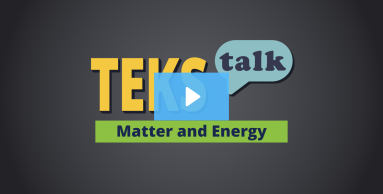
Knowledge and Skills Statement
Matter and energy. The student distinguishes between elements and compounds, classifies changes in matter, and understands the properties of solutions.
Supporting Information
Research
Brown, Tom; Rushton, Greg; Bencomo, and Marie“Mighty Molecule Models.” Science and Children 45, no. 5 (2008): 33–37. http://www.jstor.org/stable/43174819
Summary: "Mighty Molecule Models" explains a hands-on investigation into building compound molecules. Students begin by modeling atoms of elements and exploring the idea of elements bonding to form new molecules and compounds. Students propose chemical formulas based on the models constructed. This article supports learning at this grade level and teacher conceptual development beyond this grade level.
